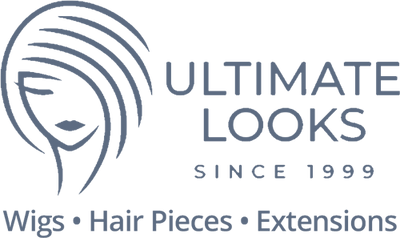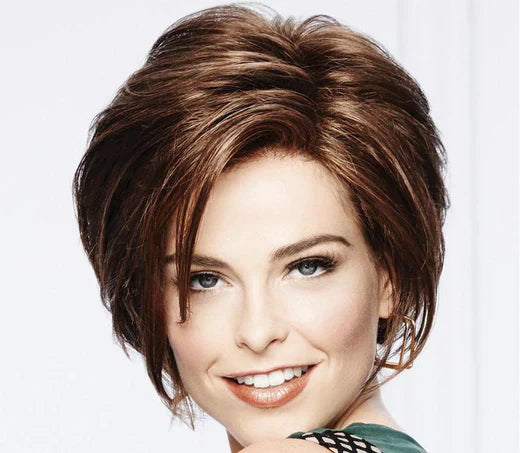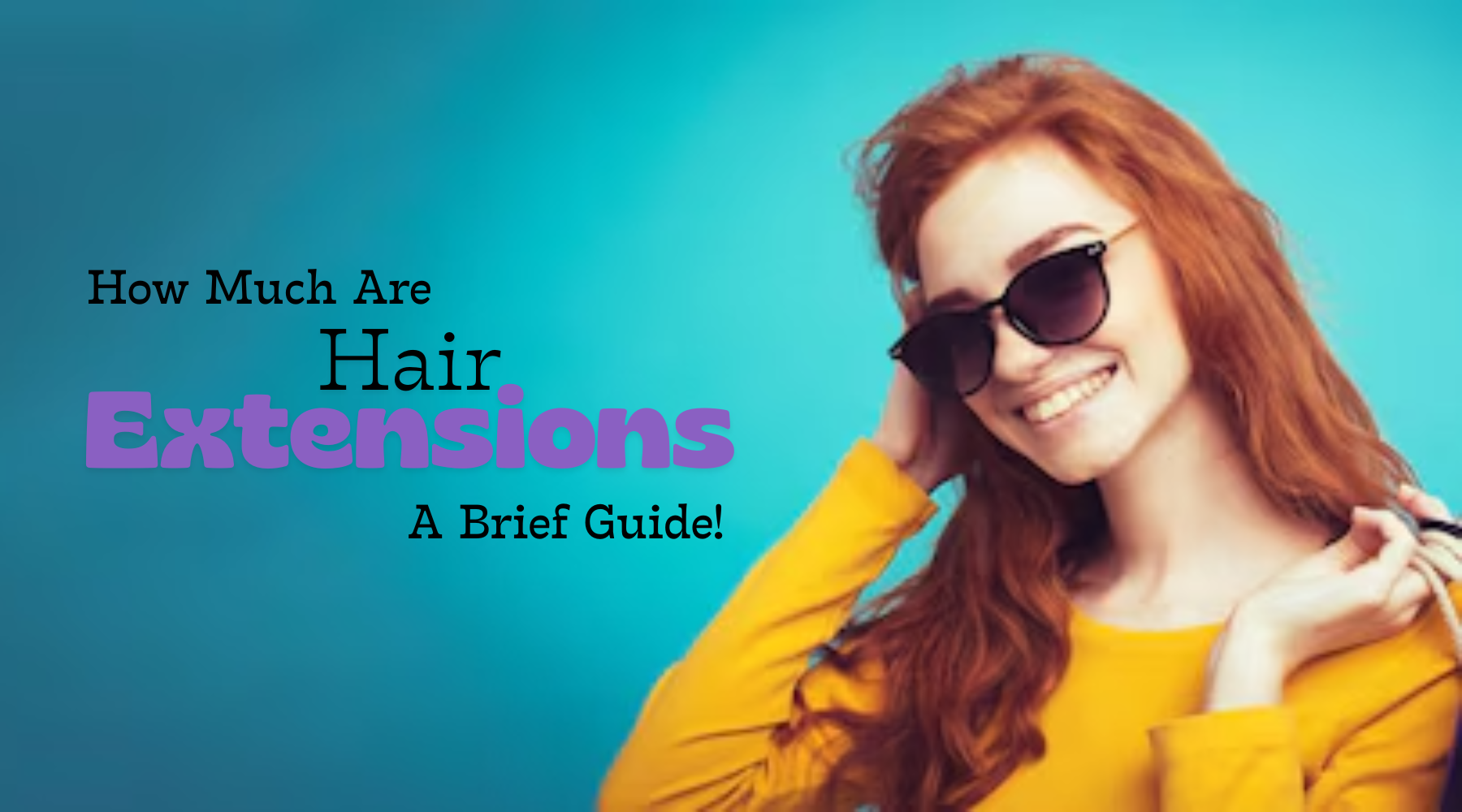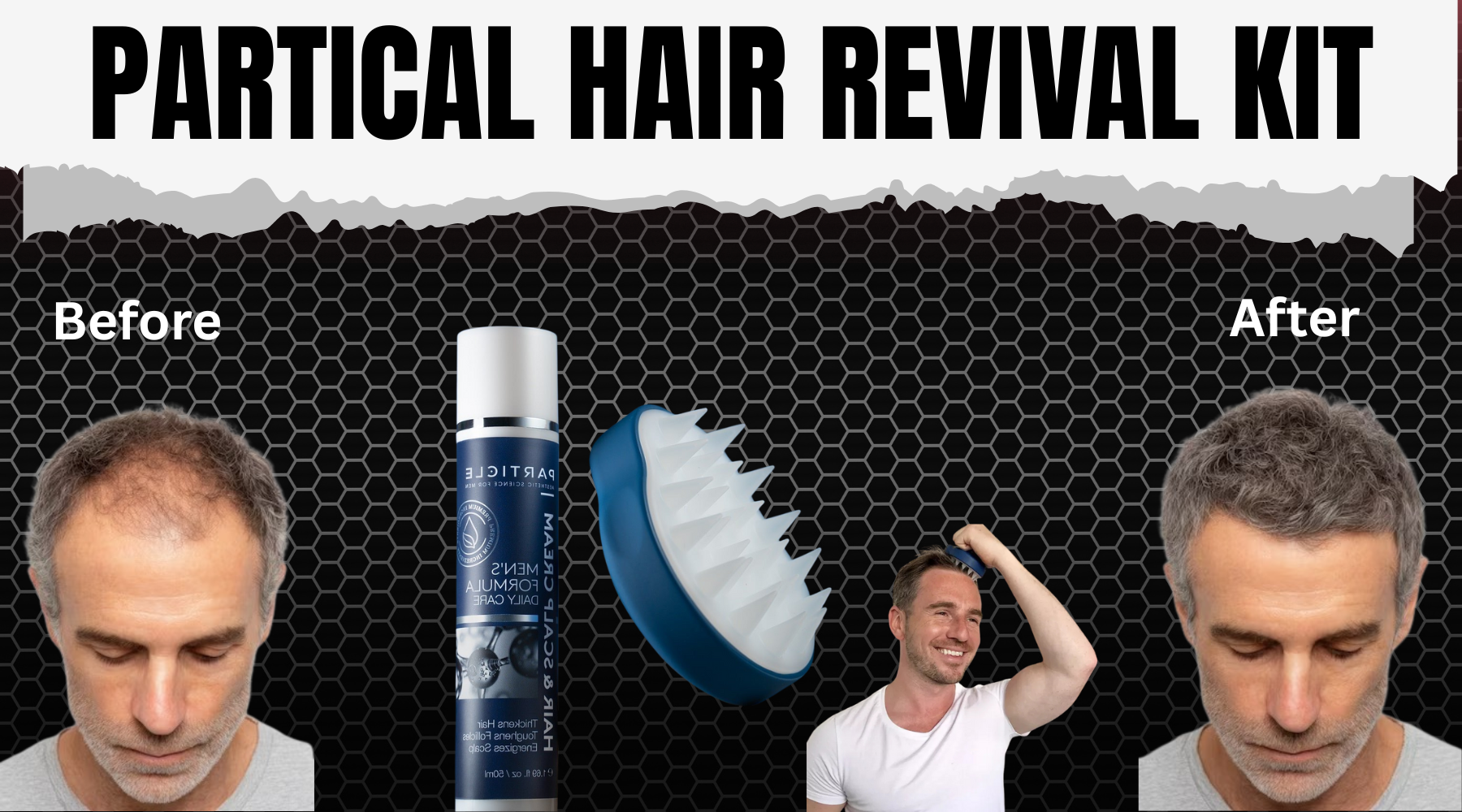How to Find Your Perfect Hair Color
Did you ever ask your hairdresser for advice on a new color and they responded with a bunch of seemingly random numbers of letters?
“Oh honey, you would look great in A8 or RB7!”
Or, did your stylist’s recommendation sound more like a Starbucks order than a hair color? “Try Spicy Cinnamon Mocha with a dash of Roasted Blonde.”
When your cosmetologist said those things, she wasn’t trying to confuse you.
Those letters, numbers, and flavors adjectives actually refer to the tones and levels of different hair colors. Combined, tone and level are what give hair colors their, well, color.
Once you crack the code, you’ll be able to figure out whether a hair color is right for you from the name alone, without ever seeing the color.
What is Hair Color?
Before we can address tones and levels, we need to discuss what your hairstylist means when she uses the term “hair color.”

Hair color is a composition of pigments and chemicals (naturally occurring or artificial) that heighten or change your hair’s color. However, when your stylist talks about hair color, she’s most likely referring to the tone and level of the color.
Quick tip: stylists and beauty industry professionals never refer to hair color as “dye.” That’s why a stylist will say your hair is “colored” rather than “dyed.”
LEVELS (Levels, levels)
Your hair’s level is determined by how light or dark it is. Within each color family - coppers, blondes, browns, blacks, and grays - there are light, medium, and dark levels.
For example, a person can have light blonde hair, medium blonde, or dark blonde.
Different wig brands may have their own unique numbering systems, but generally flat black is a Level 1 or 2, and the lightest colors - platinum hues - are Levels 11, 12, or 13.
A neat trick if you want it to look like your wig hair naturally “lightens” in the summer: pick a new wig color that’s no more than two levels higher than your current hair level. Instead of looking like you got colored, your hair will look naturally lighter and brighter.
Not sure what your number is? Use this chart to determine your hair’s level.

Hair Tones - Hue do you think you are?
Your hair’s tone is defined by how warm or cool of a shade it is. And, no, we don’t mean the temperature of your hair.
Warm hair tones have gold or copper highlights, whereas cool hair tones have absolutely no gold or red hues.
There are five basic hair tones:
- Red (Warm) - colors with red tones
- Gold (Warm) - colors with golden tones
- Beige & Champagne (Warm or Cool) - colors very close to neutral, but with some red, gold, or ash tones, making a color warmer or cooler
- Neutral - colors with equal amounts of red, gold, and ash tones
- Ash (Cool) - colors with no red or golden tones
Sometimes, stylists refer to hair tones by letters. These are the standard industry letter labels for hair tones:
Neutral
- N - Neutral
Warm
- C - Copper
- G - Gold
- O - Orange
- R - Red
- W - Warm
- RB - Reddish Brown
- RO - Reddish Orange
Cool
- A - Ash
- B - Beige
- BB - Blue
- G - Green
- V - Violet
Putting it all together: mixing hair levels and tones
Now that you can spot a hair color’s level and tone by sight, it’s time to learn how to do it by name.
As many of us have found out, wig hair colors sometimes look a little different online than they do when they come out of the box. So being able to verify the color you’re buying by its level and tone will guarantee that you’re getting exactly the hair color you want.
There are two ways wig companies label hair colors: with keywords or with letter/number combinations.
Let’s take a look at keyword hair colors first.
How to Identify Hair Colors by Keywords
When a company uses words to name their colors, separate the two words and figure out which is referring to the level and which is referring to the tone.
For example, Gabor wigs offer two wig colors called “Sunkissed Beige” and “Rusty Auburn.” In both cases, the first word is referring to the tone and the second is referring to the level (this is almost always the case).
Generally, words like “sunkissed,” “buttered,” or “vanilla” refer to hair colors with golden tones, and words like “rusty,” “bronzed,” or “copper” refer to hair colors with red tones.
Based on that, we know that “Sunkissed Beige” will have a golden tone and “Rusty Auburn” will have a red tone.
The second word in the color titles references the level. “Beige” implies a blonde level, so that the level will be anything above Level 7. “Auburn” implies a darker shade, so the level will likely be a Level 4 or lower.




How to Identify Hair Colors by Letter/Number Combinations
For companies that label their wig colors with letters and numbers, the letter refers to the tone and the number refers to the level. Typically, the letter and numbers match the industry standard numbers listed above.
To show you how this works, let’s look at three different examples:
- B12 = Platinum Beige
- R5 = Reddish Light Brown
- G4 = Golden Medium Brown
Now that you’ve figured out how to determine a wig’s hair color, have fun experimenting with different color styles! Want to know which tone families and levels work best for your skin tone and eye color? Read our post on Choosing a Wig Color.
Let us know which tone families and levels are your favorites in the comments!







Waoo u made it so easy to understand . thanks mate😊
Thanking you, am a hairdresser
(no longer in the business), your wide range of information helped me to having a go at least with my own hairdo.